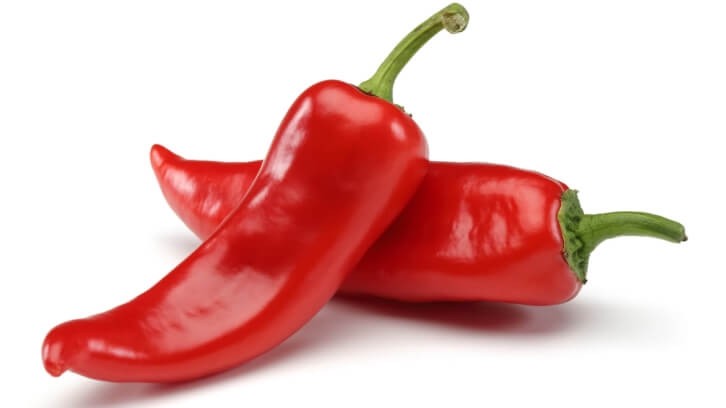RCT supports phenylcapsaicin for aerobic capacity benefits

Data published in Frontiers in Physiology indicated that both low (0.625 mg) and high (2.5 mg) doses of phenylcapsaicin led to a higher peak of fat oxidation during steady-state tests compared to the placebo.
In addition, the 2.5 milligram dose was associated with a reduced maximum heart rate and optimized perceptual responses during exercise.
Phenylcapsaicin
Branded as aXivite, the ingredient is the first nutraceutical category offering of the Norwegian firm aXichem AB, which is based in Bergen. The ingredient is phenylcapsaicin, a chemically synthesized analogue of capsaicin. It has Novel Foods status in the EU and GRAS status in the United States.
The ingredient is distributed in North America via Ann Arbor, Michigan-based branded ingredient firm SEE Nutrition.
Commenting on the new study, Lucas Altepost, the VP Sales and Marketing at Axichem, stated: “At aXichem we take great pride in providing top-quality, scientifically-backed products and as the science behind aXivite continues to solidify, we anticipate significant increase in sales, reflecting the product's potential in the sports performance market.”
Study details
Led by scientists from the University of Valencia, the research team recruited 17 active men with an average age of 24.7 to participate in their clinical trial. The participants were randomly assigned to consume low or high doses of phenylcapsaicin (PC) or placebo, and attended four laboratory sessions separated by three to four days.
During the lab sessions, the participants underwent a range of tests, with the data revealing that both low and high dose aXivite led to significant improvements in fat oxidation.
Additionally, both doses were associated with reductions in carbohydrate oxidation (CHOox) and respiratory exchange ratio (RER) during the first stage of the steady-state test, “which suggest a shift on substrate oxidation”, said the researchers.
“According to this possible mechanism, PC may have modulated sarcoplasmic calcium efflux channels lowering lactate levels during both tests,” they worte. “This finding agrees with previous research in resistance training and high-intensity running.
“Furthermore, this lactate lowering effect of PC may also be partially explained by the shift on susbtrate oxidation produced by this substance and provides novel information about the physiological independence between this effect and the intensity of the exercise used.”
Source: Frontiers in Physiology
2023, Volume 14, doi: 10.3389/fphys.2023.1190345
“Effects of phenylcapsaicin on aerobic capacity and physiological parameters in active young males: a randomized, triple-blinded, placebo-controlled, crossover trial”
Authors: P. Jiménez-Martínez et al.













